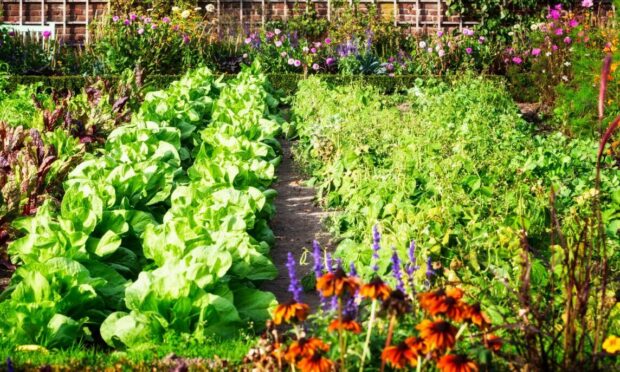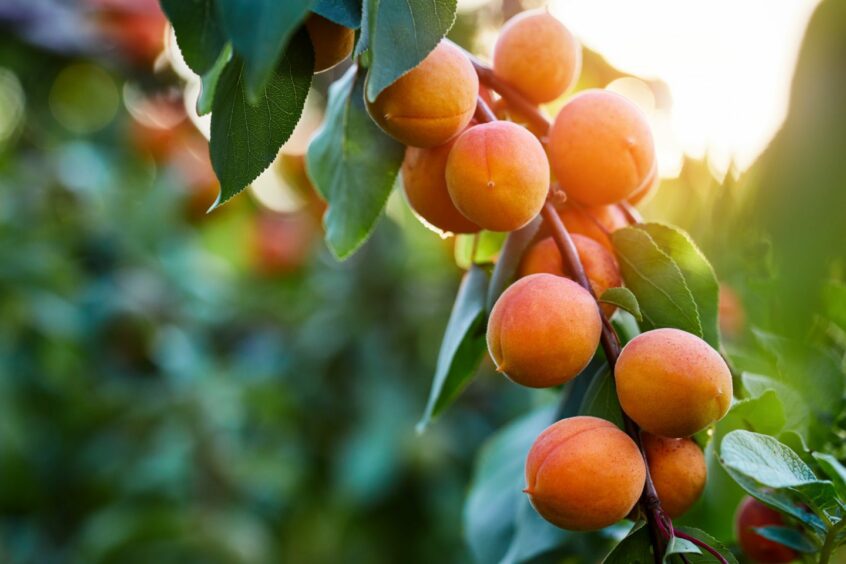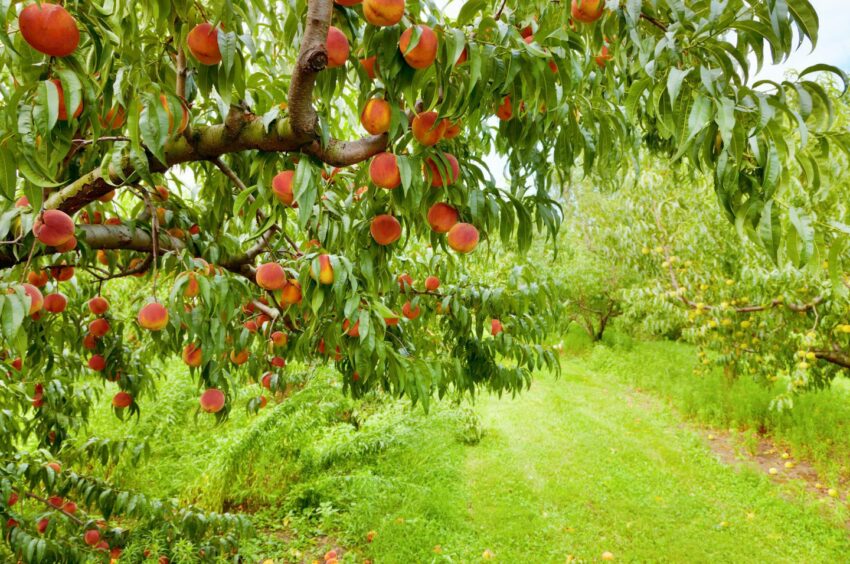A few years ago I discovered online a gardening programme from the 1980s called The Victorian Kitchen Garden.
It was a charming little programme taking a nostalgic look back to, in my opinion, the greatest era in horticulture as it followed the restoration of a derelict walled garden.
The project was being led by the lovable Harry Dodson who himself had been trained by the last generation of Victorian gardeners.
Garden management month by month
He guided them they were following the practices set out by Samuel Beeton in his book on garden management from the 1800s. This gives an in-depth, month by month guide on all the gardening work to be done.
In those days of cheap labour there was no shortage of workers to keep gardens to the highest of standards.
New innovations and technologies meant sophisticated glasshouses were being built and heated, so the master could boast at keeping some of the exciting new plants being sent back by plant hunters from all around the globe.
If only I could go back in time just for one day and see this all with my own eyes.
I didn’t need any more of excuse to buy another gardening book for my collection. Especially one that gave me more details on the life in a Victorian garden. I managed to source a copy of this in a book classic reprint series.
In remarkable coincidence, since then I’ve kindly been gifted a copy of an older version, for which I’m very grateful.
As the book is laid out in a calendar of monthly activities, I like to flick through it to the corresponding time today.
Time of year
As he does at the start of every monthly chapter, the author opens with his assessment of the time of year.
For February, I liked how he describes this as the ‘reviving month’.
With the appearance of snowdrops, potted Iris and other winter flowers, evidence is clear that the garden is starting to come back to life again.
He goes on to comment though, how it is “best when it’s vivifying influence is confined to the roots of the plant, as a mild February is often the precursor of a fruitless, flowerless summer”.
It’s important to note here that Beeton is mostly writing for an audience down south whose gardening calendar can be a couple of weeks ahead of ours.
But by the end of the month our gardens will also be at risk from frosts and cold snaps that could damage fresh, new growth on plants. Affecting the success of our edible crops later in the year.
The next note to grab my attention was how he would soon expect to see on those plants growing on a south-facing wall in a well-sheltered space, the blossom of the apricot may be “already distinguished through it’s bursting envelopes”.
To be honest I’ve never grown apricots before . That’s just down to them being such early bloomers the chance of them of them getting around to fruiting up here is pretty slim. The flowers generally get damaged by our late frosts.
It’s not impossible either in the south or north of Scotland, but you do need that perfect spot and luck with the weather.
I do grow one of its two fellow stone fruits – the peach (another is the nectarine).
Red brick walls
To increase my chances of a crop, I grow it in the protection of a glasshouse. You may see many walled gardens’ walls are built using a red brick.
That’s because they absorb heat during the day and radiate it back out during the night.
This helps my peach tree even more, particularly as it has been trained to grow up the height of the wall and against it, in the shape of a fan for maximum productivity.
I like peach trees, for me they are great fun. Might sound a strange thing to say, but when this plant flowers, usually in March, not only is it up against the risk of damage from the elements but there are also very few insects going around to come in and do the job of pollinating the flowers.
Which of course is crucial if I’m to expect juicy peaches come the summer.
Pollinating peaches
Therefore we must do this job ourselves, a good three times a week, up on the stepladder and gently rubbing each flower with a ball of cotton wool or a soft paintbrush.
By doing this I transfer the pollen over with luck fertilising the flower.
I may admire the Victorian time but I prefer to avoid the traditional method of doing this job with a rabbit’s tail.
Within weeks you’ll begin to see numerous fruits begin to grow all over your tree, just like our apple trees.
It’s wise to thin the crop from a large quantity of average peaches to smaller crop of superior. This can be done once they reach the size of a large strawberry so there is a nice gaps between fruits.
I’m sure if Mr Beeton was around today he would also say that February is the perfect month for visiting our garden centres, which just now are full of young fruit plants looking for a new home.













Conversation